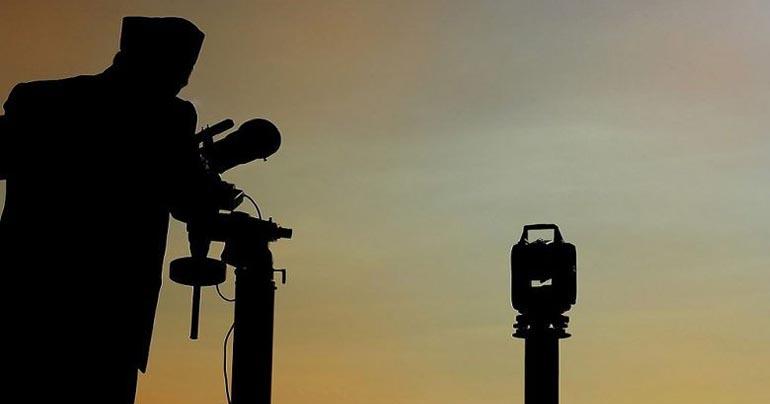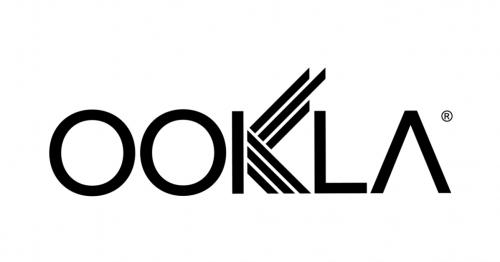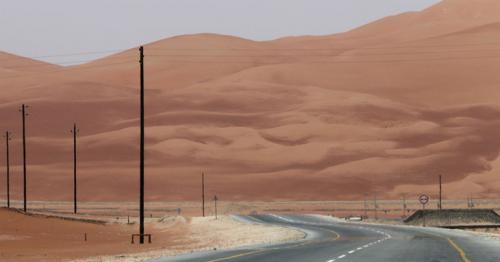Ramadan and the role of the crescent moon
The holy month of Ramadan is almost upon us, and Muslims are preparing to abstain from food and drink during daylight hours, and to discipline their minds and spirits. But this is also the time of the year when people in Muslim countries and communities wonder whether they will witness the crescent moon or perhaps missed the signs.
The start of Ramadan is determined by the lunar calendar which, unlike the Gregorian calendar, follows a 29- or 30-day cycle determined by the cycle of the moon. Muslims around the world anticipate the end of Shaaban, the month preceding Ramadan, by watching for the presence or absence of the crescent moon, and whether it indicates the continuation of Shaban or beginning of Ramadan.

Prophet Muhammad asked that his companions wait to begin their Ramadan fasting until they had clearly seen the crescent moon, and to do the same before they stopped fasting at the end of the month. Ever since, Muslims have been keeping tabs on the moon to know when to begin their fast.
Sighting of the Ramadan crescent can be achieved using three methods: Through telescopes, using astronomy, and some regions are content with viewing the crescent with the naked eye.
“Proving the beginning of Ramadan is not limited to crescent sighting,” said Sheikh Abdullah bin Sulaiman Al-Manea, member of the Council of Senior Scholars in Saudi Arabia. “There are other ways and means to determine the first day of the month, including astronomy. Astronomy is, in fact, more accurate and more convincing than moon sighting, which is only hypothetical while astronomy is conclusive and definitive.”
He said that the findings of Muslims who specialize in astronomy must therefore be taken into account because it is a proven means for confirming the crescent. The testimony of a moon sighter — who ought to be known for his justice — should not be accepted if it contradicts the astronomers’ opinion.

The crescent-screening method takes place during the emergence of the crescent moon. Once it has completed a full cycle around the Earth and started a new one, the crescent is evident before the month’s first sunset. When the sun disappears below the horizon, the crescent moon remains perched in the sky where the sun went down. It has to remain visible in the sky for at least 30 minutes after sunset.
The crescent moon cannot be seen with the naked eye when15 hours have passed since the beginning of the cycle, and can only be seen through a telescope 12 hours after a new cycle begins.
To see the crescent moon clearly, it should be viewed from a high vantage point, far from heavily populated and built-up areas such as cities, and from natural and man-made obstructions that could obscure the sighting, such as mountains, hills and skyscrapers, and clear of atmospheric factors such as humidity and dust.
Scholars and experienced astronomers are the only ones who can determine whether or not the crescent moon has arrived to dictate the beginning of the holy month. If they fail to witness the crescent moon on the 29th of the month, Ramadan will not start until the 30th day.
“Astronomical calculations indicate that the month of Shaaban is a 30-day full month, which means that monday, May 06 will be the first day of Ramadan,”
tag: ramadan , crescent-moon
Share This Post






